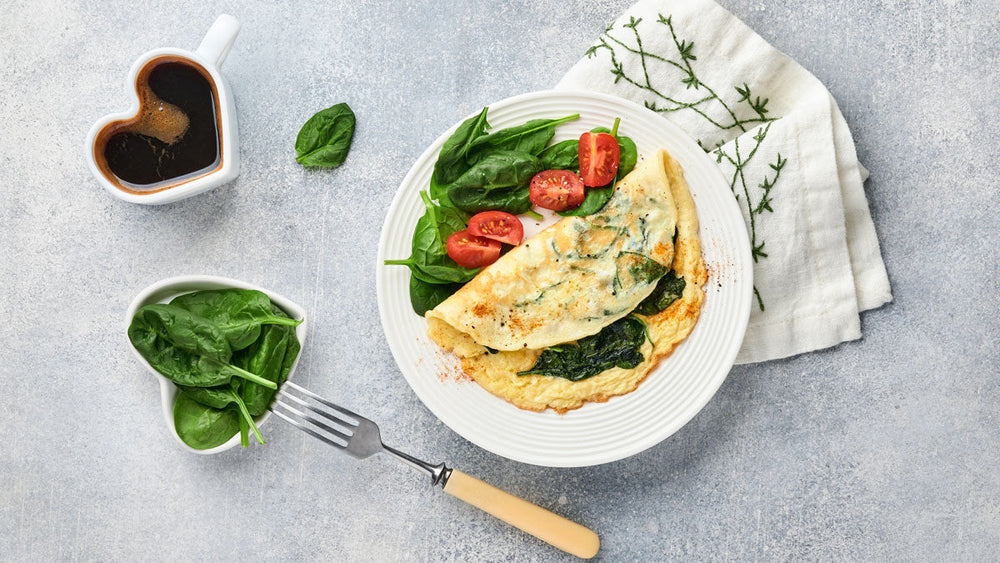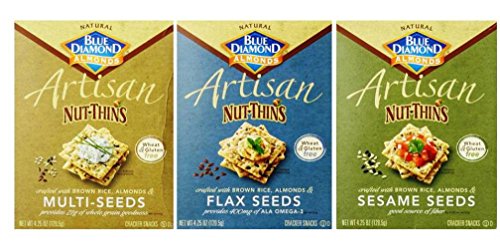Mastering the Low-FODMAP Diet: A Step-by-Step Guide for IBS Relief
I can tell you from personal experience—without some serious pre-planning, the elimination phase of the Low FODMAP diet can feel intimidating. But with the right guidance and preparation, the benefits can be life-changing.
According to the American College of Gastroenterology, the Low FODMAP diet is one of the most effective dietary interventions for managing irritable bowel syndrome (IBS) symptoms. Let’s take a closer look at how it works, what each step involves, and how to make it more manageable.
Understanding the Low-FODMAP Elimination Phase
The first phase of the Low FODMAP diet lasts about 2–6 weeks and involves removing all foods that are high in FODMAPs—short-chain carbohydrates that can trigger digestive symptoms.
By avoiding these foods temporarily, you’re giving your gut a “reset.” This allows you to identify which foods cause symptoms once you reintroduce them in the next phase. Many people experience relief within just a few weeks, especially from symptoms like gas, bloating, and abdominal pain.
The Main Types of FODMAPs (and Why They’re Eliminated)
Understanding what you’re avoiding—and why—makes the elimination phase easier to follow and more purposeful.
1. Fructans and Galacto-Oligosaccharides (GOS)
These are found in foods like wheat, barley, rye, beans, and lentils. Humans don’t produce the enzymes needed to break down these molecules, so they pass into the large intestine undigested. There, they ferment—producing gas and bloating.
2. Excess Fructose (Fruit Sugar)
Fructose is a naturally occurring sugar found in fruits and some sweeteners. When fructose is present in greater amounts than glucose, it can be poorly absorbed in the small intestine, leading to discomfort, bloating, and diarrhea. Tip: Choose Low FODMAP fruits such as strawberries, oranges, and kiwi in moderation to help reduce symptoms.
3. Polyols (Sugar Alcohols)
Polyols, including sorbitol, mannitol, maltitol, and xylitol, are often used in sugar-free products like gum, mints, and protein bars. They can pull water into the gut and cause bloating or diarrhea in sensitive individuals. Look out for the warning “excess consumption may have a laxative effect” on labels.
4. Lactose (Milk Sugar)
Lactose intolerance is common, particularly among adults of Asian, African American, or Hispanic descent. Because our body’s production of the enzyme lactase naturally decreases with age, lactose-containing foods like milk, soft cheeses, and ice cream can cause gas, cramping, and bloating. Fortunately, lactose-free options such as hard cheeses, lactose-free milk, and butter are generally well tolerated.
How to Prepare for the Low FODMAP Elimination Phase
Preparation is key to success. Here’s how to get started:
-
Plan meals and snacks ahead of time. Stock up on Low FODMAP foods so you don’t feel limited.
-
Keep a food and symptom journal. Track what you eat and how you feel to identify patterns.
-
Avoid going it alone. Work with a Registered Dietitian (RD)—preferably one trained in the Monash University Low FODMAP program. A dietitian can ensure your diet stays nutritionally balanced while identifying triggers accurately.
Trusted Low FODMAP Resources
-
Monash University: The creators of the Low FODMAP diet, with an app and food lists that are continuously updated.
-
Kate Scarlata, RDN, LDN: A leading expert in IBS and FODMAPs, offering free meal plans and food lists.
-
American College of Gastroenterology: Provides evidence-based recommendations and resources for IBS management.
Final Thoughts
The Low FODMAP elimination diet isn’t meant to be restrictive forever—it’s a temporary phase designed to help you understand your body better. Once your gut calms down, foods can often be reintroduced gradually and safely with minimal symptoms.
With a bit of planning, professional guidance, and patience, you’ll gain valuable insight into your gut health and take the first step toward lasting relief.
-
3 step fodmap diet guide. Three step FODMAP Diet - Monash Fodmap. (n.d.). https://www.monashfodmap.com/3_step_fodmap_diet/
-
Interactive nutrition facts label. Interactive Nutrition Facts Label. (n.d.). https://www.accessdata.fda.gov/scripts/InteractiveNutritionFactsLabel/sugar-alcohols.cfm
-
Low-fodmap diet: ACG. American College of Gastroenterology. (2025, May 23). https://gi.org/topics/low-fodmap-diet/
-
Low and high fodmap diet checklists. Kate Scarlata RDN. (n.d.). https://www.katescarlata.com/lowfodmapdietchecklists





















Comments
Join The Conversation...